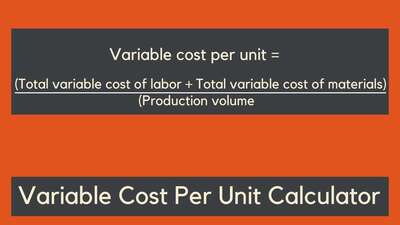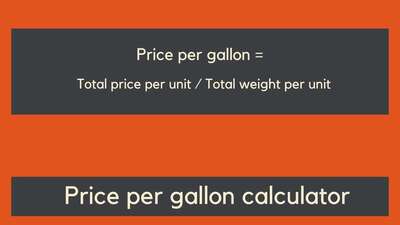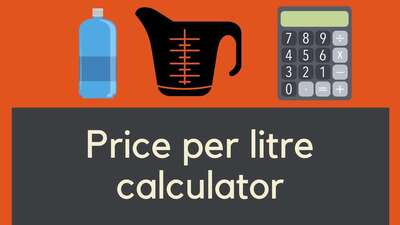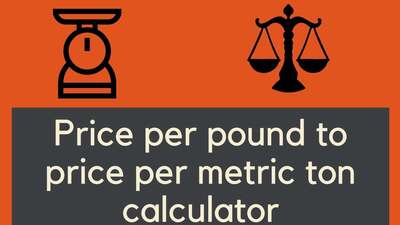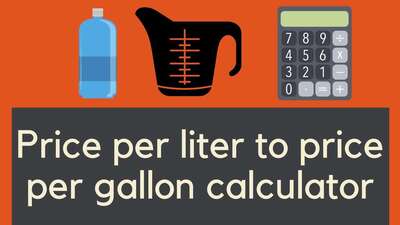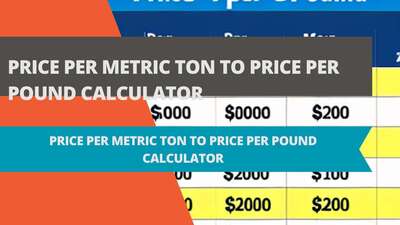How to calculate vegetable prices
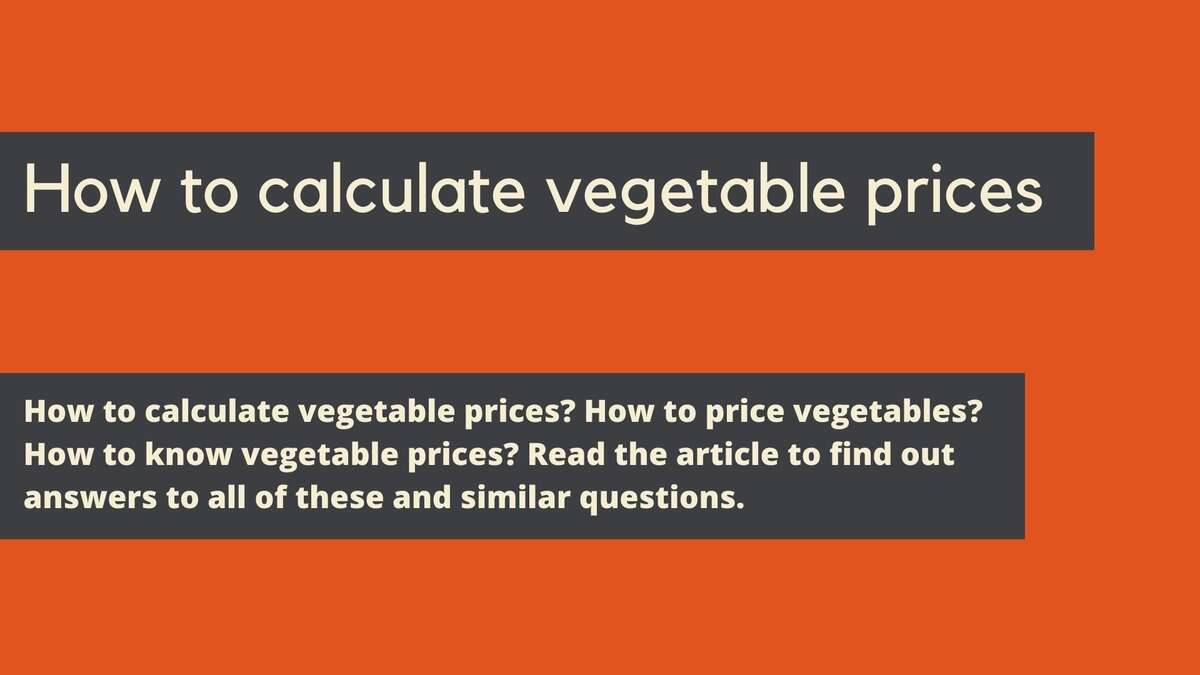
- How to price vegetables?
- How to know vegetable prices?
- What Factors Affect the Price of Vegetables?
- Where you buy your vegetables
- What Factors Influence the Price of Vegetables?
- How to Calculate the Price of Vegetables?
- Importance of Quality in Pricing
- Adapting to Market Fluctuations
- Technological Advancements in Pricing
Do you want to know how to calculate vegetable prices? Read the short article about calculating vegetable prices and find out how to do it correctly. After reading this text you will be able to calculate vegetable prices yourself.
So, the first thing is what do you mean about the question of how to calculate vegetable prices. This question should rather be how to price vegetables. This is not a simple question, because the vegetable market is quite complex. The answer to the mentioned question is quite complicated, but you should understand this without any problem.
How to price vegetables?
What you should do to price vegetables? What is the specific answer to the question of how to price your vegetables?
The first thing you have to do is to calculate production costs. It is best to have a list of all costs associated with taking care of vegetables. These costs will have a major impact on the final price of vegetables. This is the first stage of pricing vegetables.
The second thing is to control local targets. You can do it from the beginning at the same time as calculating production costs. If you will control local targets for a long time, you will accurately see the changes taking place in the market and their causes. Thanks to these things you will be able to price vegetables correctly.
It is not the end of the whole process. What is the next part of the answer to the question of how to calculate vegetable prices? You can consult other farmers and vegetable producers. Your shared experiences can make calculations easier.
You can’t forget the conditions of the season. One season can be easier than another in terms of vegetable production. The mentioned conditions depend on, for example, the weather and them affect the subject of how to price vegetables.
Thanks to these few steps the whole process of pricing vegetables after producing them should be quite easier for you. It is not simple, but doing these steps accurately, you increase the chances to know the right price of vegetables.
How to know vegetable prices?
Summarizing, how to know vegetable prices? There is not one simple answer to the mentioned question, but by doing the right things described above, you will be able to price your vegetables well.
You should, first of all remember, that you can’t set vegetable prices pleasing only yourself. You have to satisfy the customer first and then take care of your financial gains. Of course, the price of vegetables should be low enough to attract customers, but high enough to ensure your profits.
You already know the answer to the question of how to calculate vegetable prices. If you will keep the right balance between these aspects you will calculate vegetable prices in the right way.
If you want to find out more information about the subject of how to know vegetable prices, read our other articles. In addition to information concerning pricing vegetables you will also read about converting vegetable prices from one unit to another.
What Factors Affect the Price of Vegetables?
The price of vegetables can be influenced by a variety of factors. Firstly, the season in which a particular vegetable is grown can impact its price. Vegetables that are out of season may be more expensive because they have to be imported from other regions or countries.
Additionally, the availability of water and other natural resources like sunlight and temperature can impact the cost of producing vegetables. In areas where water is scarce, for example, the cost of irrigation can increase the price of vegetables. The cost of transportation and distribution can also impact the price of vegetables. If it is expensive to transport vegetables from the farm to the market, this will likely be reflected in the final price paid by consumers.
Finally, changes in demand and supply can also impact the price of vegetables. If there is a high demand for a particular vegetable and the supply is low, the price will likely increase, while the opposite is true when supply is high and demand is low.
Where you buy your vegetables
Where you buy your vegetables can also have an impact on their price. Generally, fresh vegetables bought from a farmer's market or a local producer are often more expensive than those purchased at a grocery store. This is because the cost of growing, harvesting, and transporting the vegetables to the farmer's market can be higher.
However, buying from a farmer's market or a local producer has its advantages, such as the opportunity to support small businesses and to buy locally-grown, fresh produce. On the other hand, purchasing vegetables at a grocery store can be more affordable because they are often sourced in larger quantities from farms and distributed to multiple locations.
The price may also depend on the type of grocery store, as a high-end specialty grocery store may have higher prices than a discount supermarket. Additionally, some grocery stores may offer sales or discounts on certain vegetables, which can make them more affordable for consumers. Ultimately, where you buy your vegetables will depend on a variety of factors, including your budget, location, and personal preferences.
What Factors Influence the Price of Vegetables?
The price of vegetables is influenced by a variety of factors, including supply and demand, weather and environmental conditions, transportation costs, and the type of vegetable. The supply and demand of a particular vegetable can affect its price; when there is a high demand for a particular vegetable and the supply is low, the price will increase, and vice versa.
The weather and environmental conditions during the growing season can affect the quantity and quality of the crop, which can impact the price. Transportation costs, including the cost of fuel, labor, and distribution, also play a role in the price of vegetables.
Additionally, the type of vegetable can impact its price, with some vegetables being more expensive to produce than others due to factors such as required growing conditions, labor costs, and popularity.
Finally, where you buy your vegetables can also influence their price, with farmer's markets and local producers generally being more expensive than grocery stores due to the added costs of transporting the produce. Understanding these factors can help consumers make informed decisions about their vegetable purchases and help producers make informed decisions about what vegetables to grow and where to sell them.
How to Calculate the Price of Vegetables?
The price of vegetables can be calculated by considering a variety of factors. Firstly, the cost of producing the vegetable, including labor, equipment, and materials, needs to be considered. This can be determined by dividing the total cost of production by the amount of produce produced.
Additionally, transportation costs need to be factored in, including fuel, labor, and distribution costs. The selling price also needs to include a profit margin for the grower or distributor. The price of similar vegetables in the local market should also be taken into consideration to ensure that the price is competitive. The market demand for the vegetable should also be analyzed to determine if the price can be adjusted based on the current market conditions.
Finally, if the vegetable is being sold at a farmer's market or a local produce store, additional costs such as booth rental or commission fees may need to be factored in. By taking all of these factors into consideration, the price of vegetables can be calculated in a way that is both fair to the producer and competitive for the consumer.
Importance of Quality in Pricing
Quality is an intrinsic factor that directly influences the pricing of products, especially in sectors like agriculture where the freshness and healthiness of produce play paramount roles. Consumers today are more informed and discerning; they prioritize the value of what they consume over just the cost. This means that high-quality vegetables, which are fresh, organically grown, or free from harmful pesticides, often command higher prices in the market.
Furthermore, as health and wellness become more prominent in consumers' minds, many are willing to pay a premium for vegetables that come with certifications, such as 'Organic' or 'Non-GMO'. These labels not only assure them of the product's quality but also resonate with their values and lifestyles. However, it's crucial for sellers to ensure that the quality they promise aligns with the product they deliver. Misrepresenting or compromising on quality can lead to a breach of trust, which in today's age of digital reviews and rapid information sharing, can be detrimental to a brand or business.
Moreover, quality doesn't just stop at the product itself. It also encompasses the entire customer experience—from the way vegetables are displayed and stored to the post-purchase services offered. All these factors contribute to the perceived value of a product, which in turn, influences its price. In essence, while competitive pricing is important, it should never come at the cost of quality. Prioritizing quality ensures long-term customer loyalty, positive word-of-mouth, and sustainable profitability.
Adapting to Market Fluctuations
In today's globalized world, market dynamics are ever-changing. Factors such as supply chain disruptions, geopolitical tensions, climatic events, and evolving consumer preferences can lead to sudden and significant market fluctuations. For businesses, especially those in the agricultural sector, understanding and adapting to these shifts is not just beneficial—it's essential for survival.
First and foremost, real-time market monitoring is critical. Employing advanced analytics tools or subscribing to industry-specific newsletters can provide insights into current market trends and predictions. This allows businesses to foresee potential fluctuations and prepare their strategies accordingly.
Furthermore, having a flexible business model allows companies to swiftly adjust their production, distribution, and marketing approaches. For instance, if there's an anticipated surge in demand for a particular vegetable due to a forecasted shortage, farmers might choose to increase its cultivation. Conversely, in times of oversupply, businesses could redirect their efforts towards preservation, creating value-added products, or exploring alternative markets.
Another vital consideration is risk management. By diversifying product offerings, supply chains, and market presence, businesses can mitigate the impact of unforeseen market fluctuations. This diversification acts as a buffer, ensuring that a disruption in one area doesn't cripple the entire operation.
In conclusion, adapting to market fluctuations is a multifaceted challenge that requires foresight, flexibility, and strategic planning. By staying informed, agile, and diversified, businesses can not only weather market volatility but also leverage it for growth and success.
Technological Advancements in Pricing
In the modern era, technological advancements have significantly reshaped the landscape of pricing strategies and methodologies. Traditional methods, once heavily reliant on manual calculations, have been eclipsed by the rise of powerful technological tools.
Today, businesses are turning to platforms equipped with artificial intelligence and machine learning capabilities. These state-of-the-art systems are capable of analyzing vast amounts of data in real-time, pulling from diverse sources like consumer behaviors, market trends, and competitors' prices. This invaluable insight makes dynamic pricing—a strategy where prices adjust automatically in response to current market conditions—both feasible and increasingly common.
Moreover, these technological advancements pave the way for predictive pricing. With this approach, companies aren't merely reacting to the present market; they're forecasting future shifts and proactively adjusting their pricing strategies accordingly. This forward-thinking technique empowers businesses to optimize revenue streams and stay ahead in competitive marketplaces.
But the advantages don't stop at efficiency and foresight. Modern pricing technology also offers a unique opportunity to enhance the customer experience. By integrating these systems, companies can offer personalized pricing, tailoring costs based on individual customer preferences and purchase histories. Such a tailored approach not only enhances customer satisfaction but also fosters brand loyalty in the long run.
In conclusion, the integration of technology into pricing is not just a fleeting trend—it's a transformative shift that promises greater efficiency, foresight, and personalization, revolutionizing how businesses approach and implement their pricing strategies.


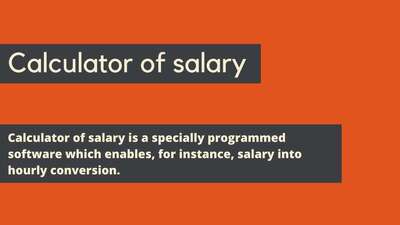


![Car Loan Calculator: Definition, Formula, Examples, and FAQs [2023 Guide]](/images/page/400/car-loan-calculator-13.jpg)










